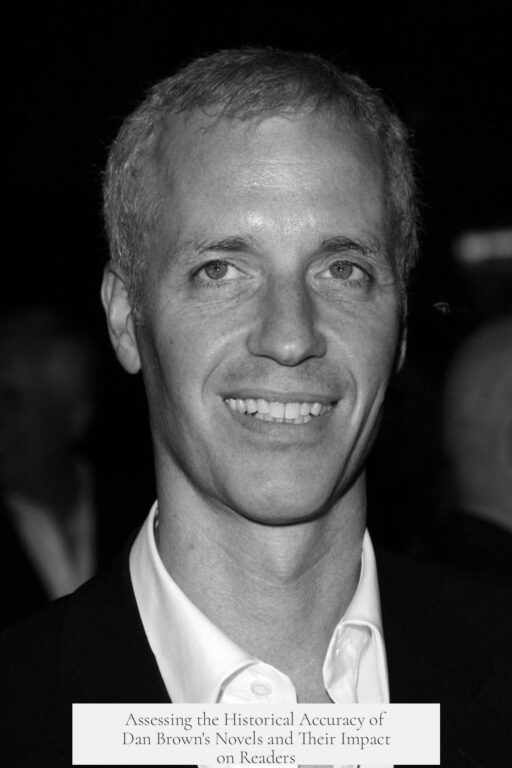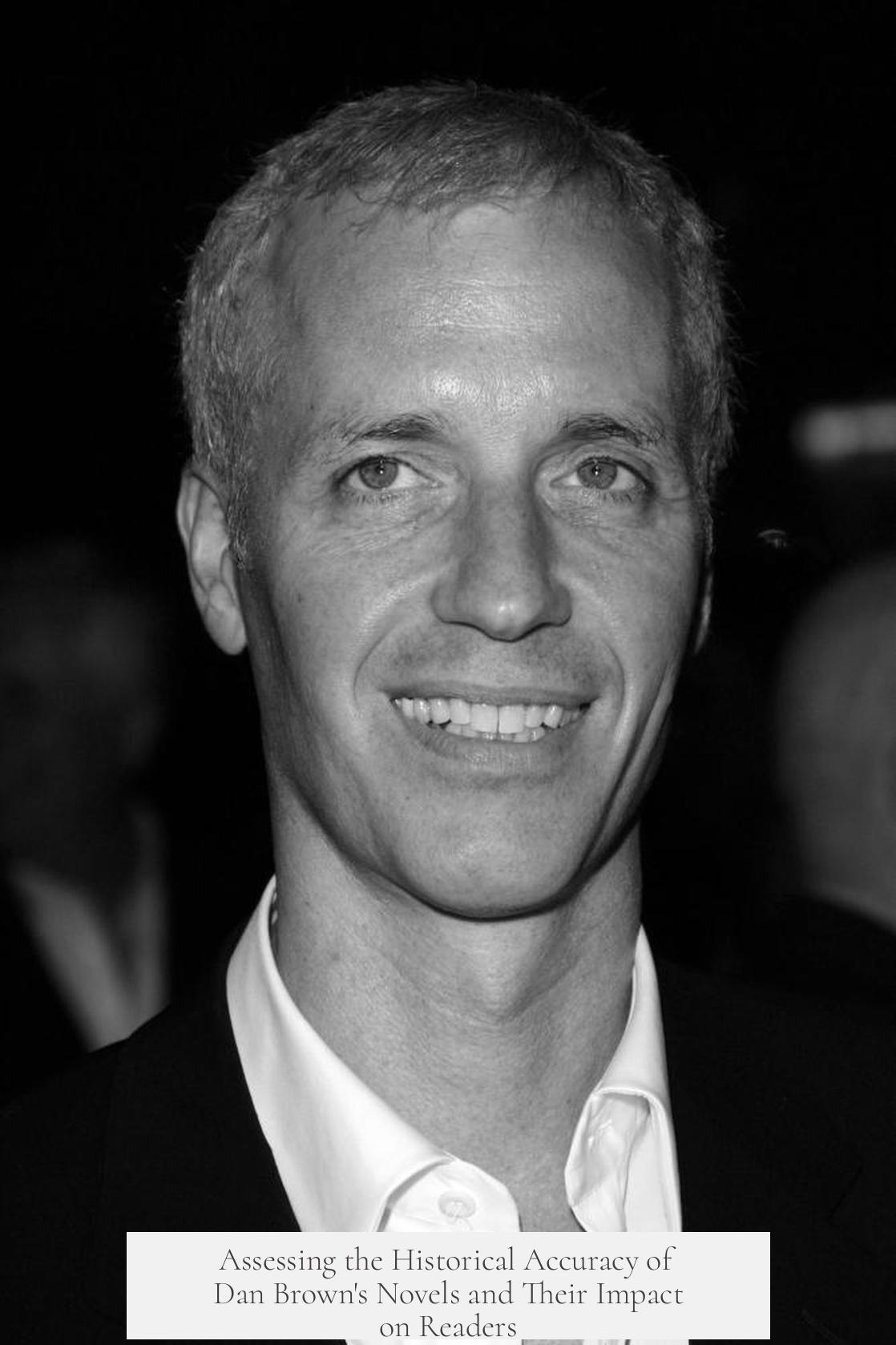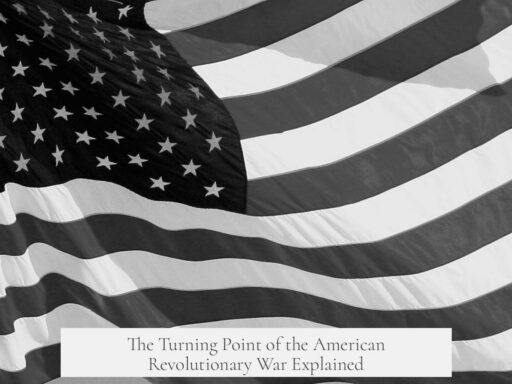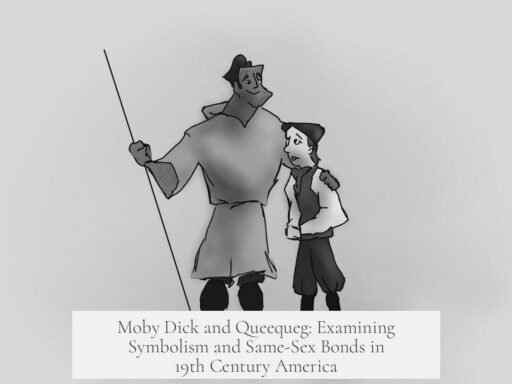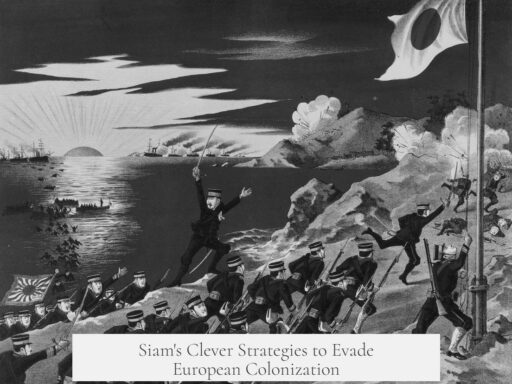The historical accuracy of Dan Brown’s novels is limited due to reliance on controversial sources, speculative assumptions, and misleading interpretations rather than outright factual errors. His works mix factual historical points with conjecture, making conspiracy theories appear plausible while lacking solid scholarly foundation.
Dan Brown’s novels, especially The Da Vinci Code, draw heavily on previously published works like The Holy Blood and the Holy Grail. This book, which Brown reportedly referenced or even plagiarised, offers speculative claims rather than widely accepted historical research. Brown’s narrative depends on such sources rather than original historical scholarship, which already puts his claims on fragile ground.
The main issue in Brown’s novels is not isolated factual errors but flawed interpretation. Historians note that the novel’s authors start from assumptions that lack credible evidence—such as Jesus marrying and having children—and then selectively interpret sources to fit that narrative. This approach leads to conclusions detached from mainstream historical understanding.
Brown’s skill lies in framing conspiracy theories around fragments of real historical data. By presenting certain factual details and then connecting them with imaginative leaps, he creates a plausible-sounding but ultimately unsupported account. This method succeeds at engaging readers and popularizing conspiracy ideas, but it lacks rigorous historical methodology.
From a professional historian’s perspective, the problem is not the accuracy of individual historical “dots” but how Brown connects them. He draws misleading links between unrelated facts, which distorts the broader historical context. His works should be read with caution as entertaining fiction rather than reliable history.
- Brown bases stories on controversial, non-scholarly sources.
- His conclusions rely on groundless assumptions.
- He links factual points with speculative narratives.
- Historians criticize the interpretive leaps, not isolated facts.
- Books popularize conspiracy theories under a veneer of history.
How Historically Accurate Are the Dan Brown Novels?
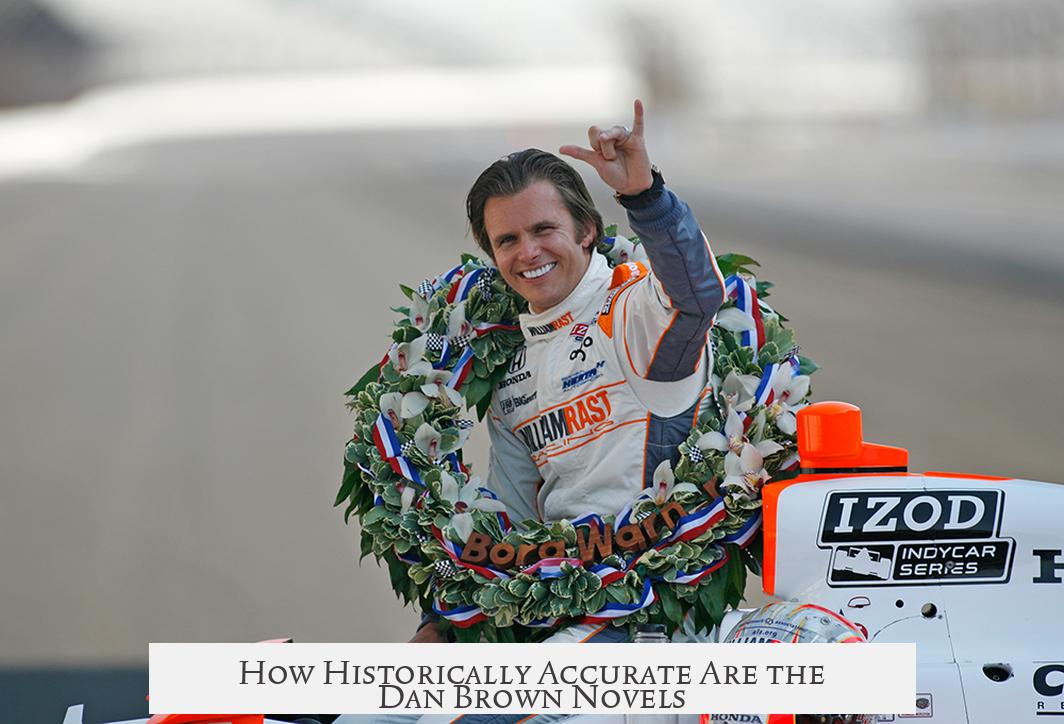
Dan Brown’s novels, including the famed The Da Vinci Code, present a thrilling mix of history, mystery, and conspiracy—but how much of this whirlwind is rooted in fact? Are we diving into real historical depths, or simply splashing around in the shallows of speculative fiction? Let’s unpack this puzzling question with a clear lens.
First off, if you’ve ever handed a history student The Holy Blood and the Holy Grail, you might notice something familiar. This book is one of the primary sources Dan Brown reportedly draws from—some even accuse him of plagiarism. His core claims and evidence map closely to this controversial work. Here’s the kicker: Brown’s novels lean heavily on previously published, often disputable materials rather than rigorous, original historical research.
Historians might raise their eyebrows here. Rather than building his stories on new discoveries or peer-reviewed scholarship, Brown takes existing, sensational theories and weaves his narratives around them. But does this invalidate everything? Not quite; it just paints a clearer picture of how speculative his frameworks really are.
Faulty Analysis and Groundless Assumptions: The Real Culprits
Interestingly, the main gripe historians hold isn’t about isolated historical facts. You’ll find some accurate points scattered throughout Brown’s novels—artworks, locations, and even some historical figures. The real trouble lies in how Brown interprets and stitches these facts together.
Brown’s analysis often falls into what experts call “faulty analysis” and “groundless assumptions.” Imagine constructing a house where each brick is sound but the blueprint is flawed. That’s what Brown does.
Take the widely debated premise that Jesus married and fathered children. Brown and his source material start their narrative with this assumption firmly in place. After that, all evidence is cherry-picked or twisted to fit this story. It’s a classic case of putting the cart before the horse. This narrative is “alluringly convincing,” as some say—but it lacks credible backing. The entire edifice teeters on assumptions that historians find utterly baseless.
Crafting Plausibility Out of Conspiracy Theories
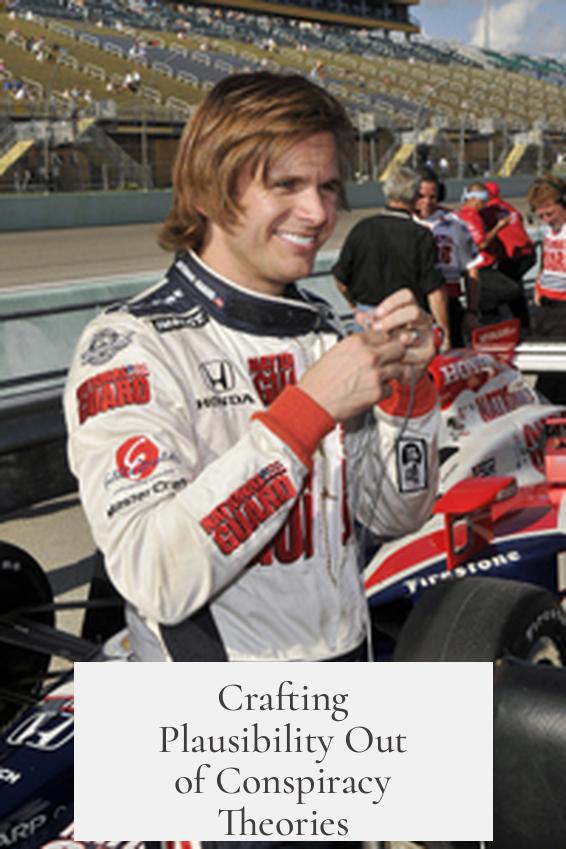
So, why does this matter? Well, Brown is a master of making conspiracy theories appear credible. He plays the reader with a mix of real historical details and speculative leaps that seem, on the surface, quite logical.
This clever blend taps into our curiosity and love for hidden truths. When you spot a genuine Renaissance painting or hear about the Knights Templar, you feel the story might be true after all. Brown is transparent about his approach—he doesn’t outright claim every theory is fact, but he does a sterling job of making them believable.
However, this also poses risks. Readers without strong historical knowledge might take these novels as educational, which blurs the line between fiction and fact. It invites us to ask: should thrillers wield such influence over public perceptions of history? The answer is debatable but worth pondering.
Historians’ Verdict: It’s About the Narrative, Not the Details
From the viewpoint of professional historians, Brown’s problem isn’t that he gets historical “dots” wrong. It’s the way he connects those dots without solid methodology.
Some facts in his books hold up under scrutiny. But the conclusions—often sensational and conspiratorial—stem from linking evidence in a misleading or cherry-picked way. This method invites readers to accept the narrative at face value, bypassing critical thinking.
Think of historical facts as puzzle pieces. Brown sometimes uses real pieces but reshapes the picture they form. That approach draws both fans and critics, fueling debate over how fiction should handle history.
What Can Readers Take Away?
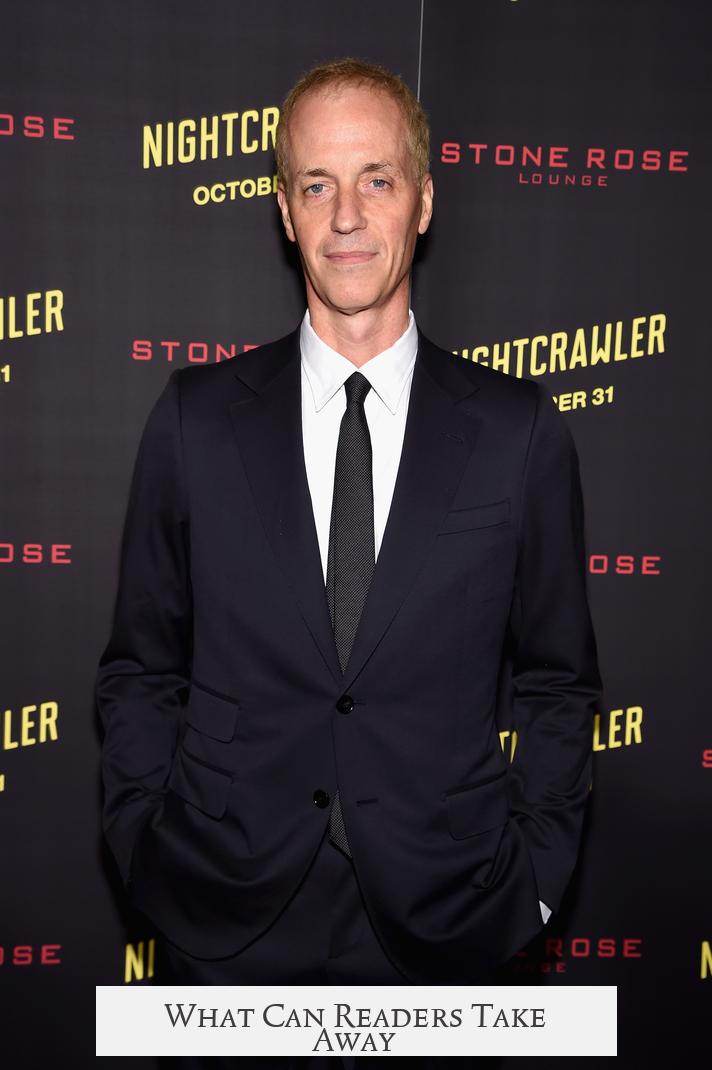
If you love Brown’s thrillers for their pace and drama, keep enjoying that ride. But if you seek historical truth, treat the books as springboards to question and investigate rather than sources of fact. Approach the provocative claims with a healthy dose of skepticism. After all, history itself is a complex field with multiple perspectives.
Next time you close a Dan Brown novel, you might pause and think: which parts are inspired by real history? Which were dreamed up for suspense? This mindset enriches your reading experience and sharpens your critical skills.
Summing Up: Fact, Fiction, and Fun
Dan Brown’s novels are dazzling puzzles—part fact, part fabricated thrill. The historical accuracy? Some facts stand tall, but the grand theories rest on shaky, groundless assumptions and selective storytelling rather than solid historical proof. Scholars respect the craftsmanship but caution readers against accepting the conspiratorial conclusions at face value.
In essence, these books work best as entertainment laced with historical intrigue—not as textbooks on secret histories. They fire imagination and curiosity, sure, but don’t let them rewrite your history lessons just yet.
So, the next time you dive into a Dan Brown adventure, enjoy the twists and the artful intrigue. But remember to keep your historian’s hat firmly on, questioning those silky threads linking fact to fantasy.
Are Dan Brown’s novels based on original historical research?
No, Brown’s novels mostly rely on previously published controversial works, like “The Holy Blood and the Holy Grail.” His books do not stem from original historical scholarship.
What is the main issue with the historical content in Dan Brown’s books?
The problem lies in how Brown connects facts. He builds his stories on faulty analysis and groundless assumptions, rather than inaccurate individual details.
Do historians consider Dan Brown’s historical claims credible?
Historians doubt the conclusions Brown draws. They say the individual historical facts might be true, but Brown links them without solid evidence or proper methodology.
How does Dan Brown make conspiracy theories seem believable?
Brown mixes real historical data with speculative claims. This blend makes the conspiracy theories in his books appear plausible and convincing to readers.
